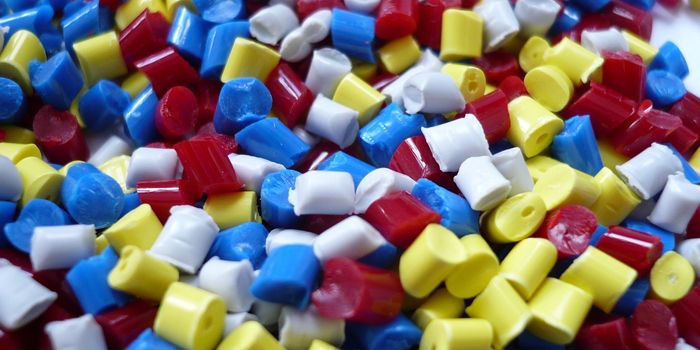What can snakes teach us about durability?
A team of biologists, chemists, and engineers are studying snake locomotion in order to help them better design durable materials and robotic movement. The study looks specifically at home the scales of snakes who move across different surfaces, such as dirt, sand, trees, and water. Their findings are presented today at the spring meeting of the American Chemical Society (ACS).
Principal investigator on the project Tobias Weidner, Ph.D., worked with colleagues at the Woodland Park Zoo in Seattle. Weidner says that the project was born out of curiosity and collaboration: "Biologists typically don't have techniques that can identify molecules on the outermost layer of a surface such as a snake scale," he says. "But I'm a chemist -- a surface scientist -- so I felt I could add something to the picture with my lab's methods."
The first discovery came from an up-close (really up-close) look at land snakes using electron microscopy. They found that the belly scales of land snakes are packed with organized molecules of an extremely thin lubricating lipid layer. "Some people are afraid of snakes because they think they're slimy, but biologists tell them snakes aren't slimy; they're dry to the touch," Weidner says. "That's true, but it's also not true because at the nanoscale we found they actually are greasy and slimy, though you can't feel it. They're 'nanoslimy.'"
The next question the team naturally wondered was if this layer differed amongst species that move in distinct habitats. To figure that out, Mette H. Rasmussen, a graduate student on the project at Aarhus University in Denmark, used recently shed snake skins to analyze the surface chemistry of ground, tree, and sand snakes. She determined that tree snakes, like ground snakes, have a similar layer of ordered lipid molecules on the belly; meanwhile, sand snakes sport an ordered lipid layer on the belly and back.
"From a snake's point of view, it makes sense," she says. "You would like to have this friction reduction and wear resistance on both sides if you're surrounded by your environment instead of only moving across it."
The team intends to continue their research by identifying the pattern of lipids on water snakes, which, along with their other findings, could have significant implications for engineering design. "A snake's slithering locomotion requires constant contact with the surface it's crossing, which poses stringent requirements for friction, wear, and mechanical stability," Rasmussen says. In other words, humans have a lot to learn from these slithering reptiles.
Sources: Science Daily, American Chemical Society








